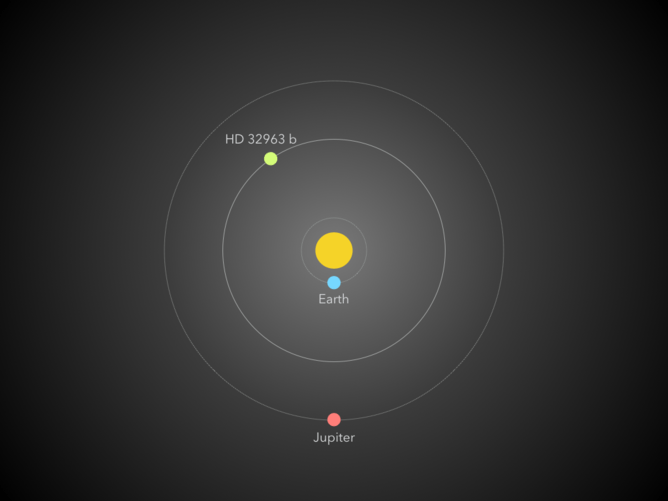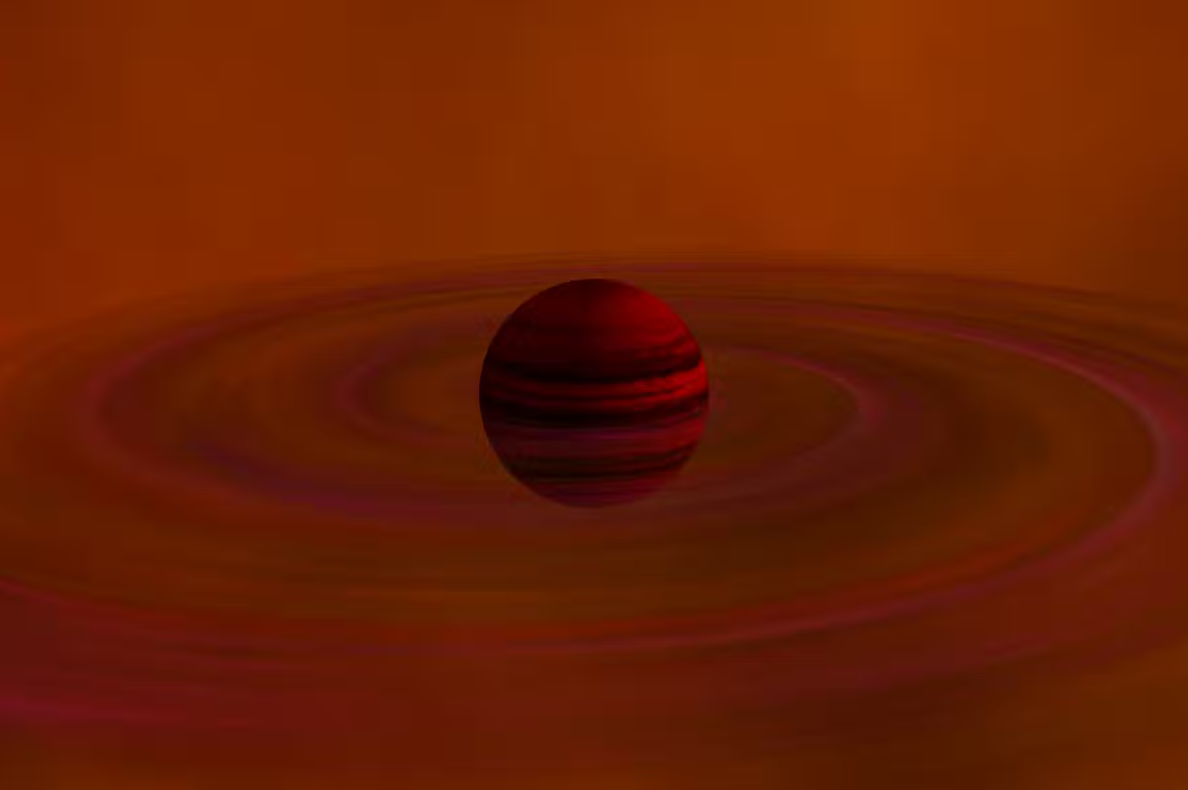latex2exp: a package to render LaTeX in R graphics

This month, I pushed a big update to latex2exp, bumping it to version 0.9.
latex2exp is the R package for rendering LaTeX-formatted text in any plotting context. This package lets the user add formatted text (e.g. bold, italic, underline, different font sizes…), mathematical symbols, and equations to plots. Although this capability exists in base R, latex2exp makes it more accessible by exposing it via LaTeX, which is the most common standard for typesetting mathematical formulas.
The 0.9.3 update massively increased the number of LaTeX commands recognized, reworked the parser to work correctly in circumstances where the old parser would fail, improved documentation, and expanded its test suite to include a large number of sample expressions, seen-in-the-wild uses of latex2exp, and edge cases.
In this post, I will outline briefly about how latex2exp came to be, how it works, what changed and what the roadmap for the package looks like.
Continue readingLearning under Concept Drift: ML during interesting times

It’s very rare for both the underlying generative processes that produce the raw data, and the systems we use to measure, transform, and store that raw data, to be static and unchanging. More commonly, they evolve: distributions shift, relationships and constraints between the different dimensions of the data drift and break, data stops being available, and assumptions about the semantics of certain attributes cease to be valid. Multiple of those shifts can be happening on different timescales, and sometimes in abrupt ways.
This can have a profound effect on machine learning models. An underlying assumption of machine learning models is that the state of the world observed at training time is representative of the environment at which the model is deployed (typically, some time after training). When that assumption is invalid, in the best case scenario, predictive performance might be degraded; a monitoring component might be able to detect this regression, attribute it to a specific root cause, and trigger a retrain using a different dataset. In the worst case, it will continue to silently, happily serve non-sensical results.
Continue readingRarity of Jupiter-like planets means planetary systems exactly like ours may be scarce

[This short article I wrote has been published on The Conversation UK.]
Is our little corner of the galaxy a special place? As of this date, we’ve discovered more than 1,500 exoplanets: planets orbiting stars other than our sun. Thousands more will be added to the list in the coming years as we confirm planetary candidates by alternative, independent methods.
In the hunt for other planets, we’re especially interested in those that might potentially host life. So we focus our modern exoplanet surveys on planets that might be similar to Earth: low-mass, rocky and with just the right temperature to allow for liquid water. But what about the other planets in the solar system? The Copernican principle – the idea that the Earth and the solar system are not unique or special in the universe – suggests the architecture of our planetary system should be common. But it doesn’t seem to be.
Continue readingAstroTRENDS: Weasel words
 I added a bunch of new keywords to AstroTRENDS, mostly suggested by friends and people in the community who had read my Facebook post.
I added a bunch of new keywords to AstroTRENDS, mostly suggested by friends and people in the community who had read my Facebook post.
A thought I had yesterday is the following: has the astronomical literature become more speculative, and perhaps less committed to audacious claims, in recent times? It is difficult to test this hypothesis by merely querying ADS for abstract keywords. It would certainly be better served by a natural-language processing analysis of the full text, although this is just my uninformed speculation.
Continue readingColliding N-body spheres: Particle Mayhem!
When Giants Collide — WGC for short — is one of the “fun” projects I am working on. Once finished, it will be a small in-browser simulator where you can collide giant planets together (with some degree of realism). You can see my progress on my GitHub repo and the series of blog posts under this category.
Continue readingA JavaScript benchmark: Barnes-Hut gravity
[Updated on March 2021 with new devices!]
In one of my last posts (An interactive Barnes-Hut tree) I talked briefly about one of the “fun” projects I’m working on, When Giants Collide (work in progress, GitHub repo), and promised myself to blog about its development as I went along. I just finished refining the algorithm for building the tree and calculating the gravitational force.
Continue readingAn interactive Barnes-Hut tree
I’ve recently started experimenting with a new visualization that I think will turn out pretty darn cool. Its draft name is When Giants Collide. When Giants Collide will address a common request from planetary crashers: “Can I see what happens when two giant planets collide”?
Continue readingThe Automated Planet Finder, Systemic and Super Planet Crash
[This short article I wrote has been published on The Conversation UK.]
The following is a short article about the Automated Planet Finder, Systemic and Super Planet Crash. We recently announced the first batch of exoplanets that were discovered in the first few months of science operation of APF. The first two systems (HD141399 and Gliese 687) have been submitted and will be available on astro-ph shortly.
Continue readingStar Wars planets migrate into position around stellar pairs

[This short article I wrote has been published on The Conversation UK and Ars Technica.]
Continue reading